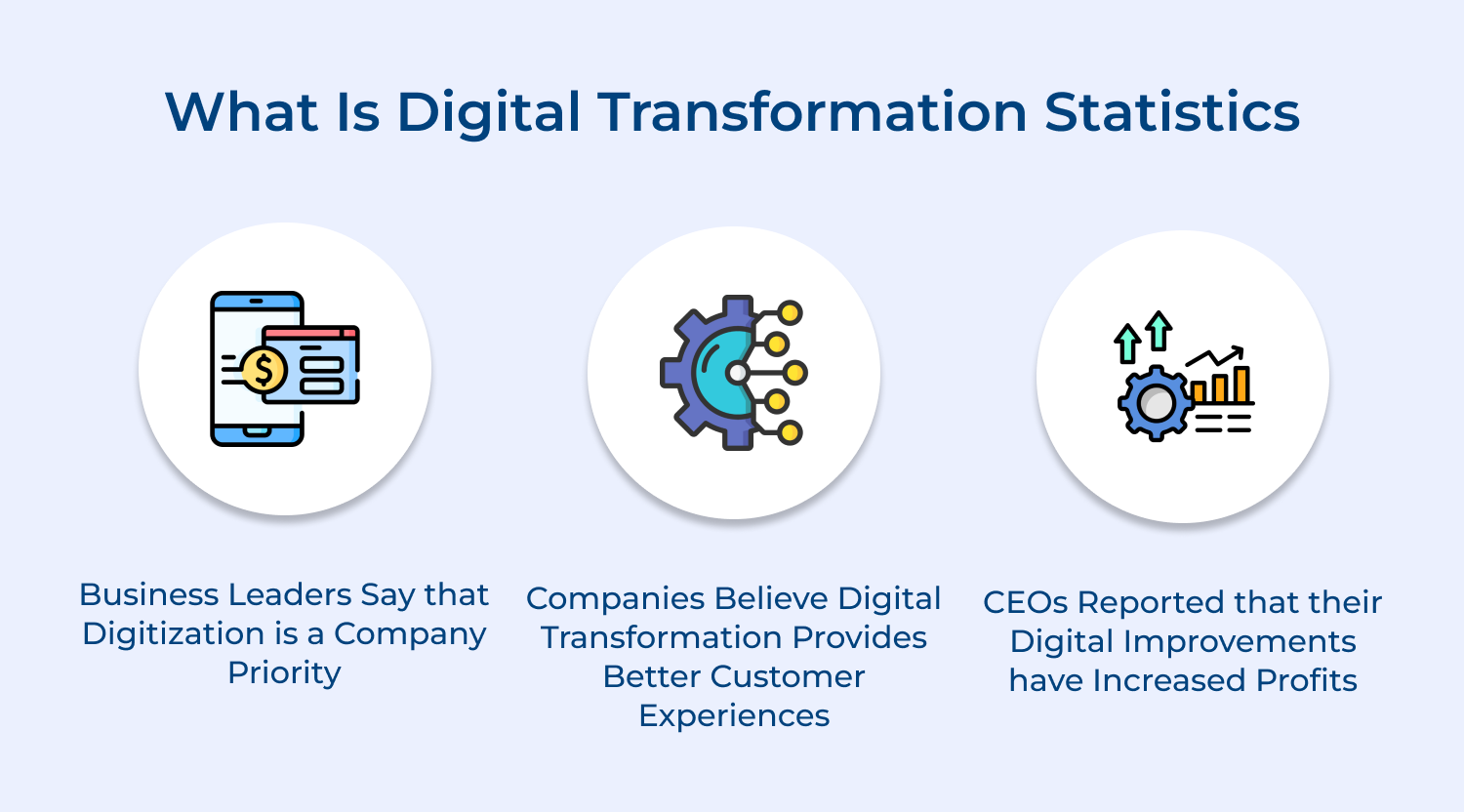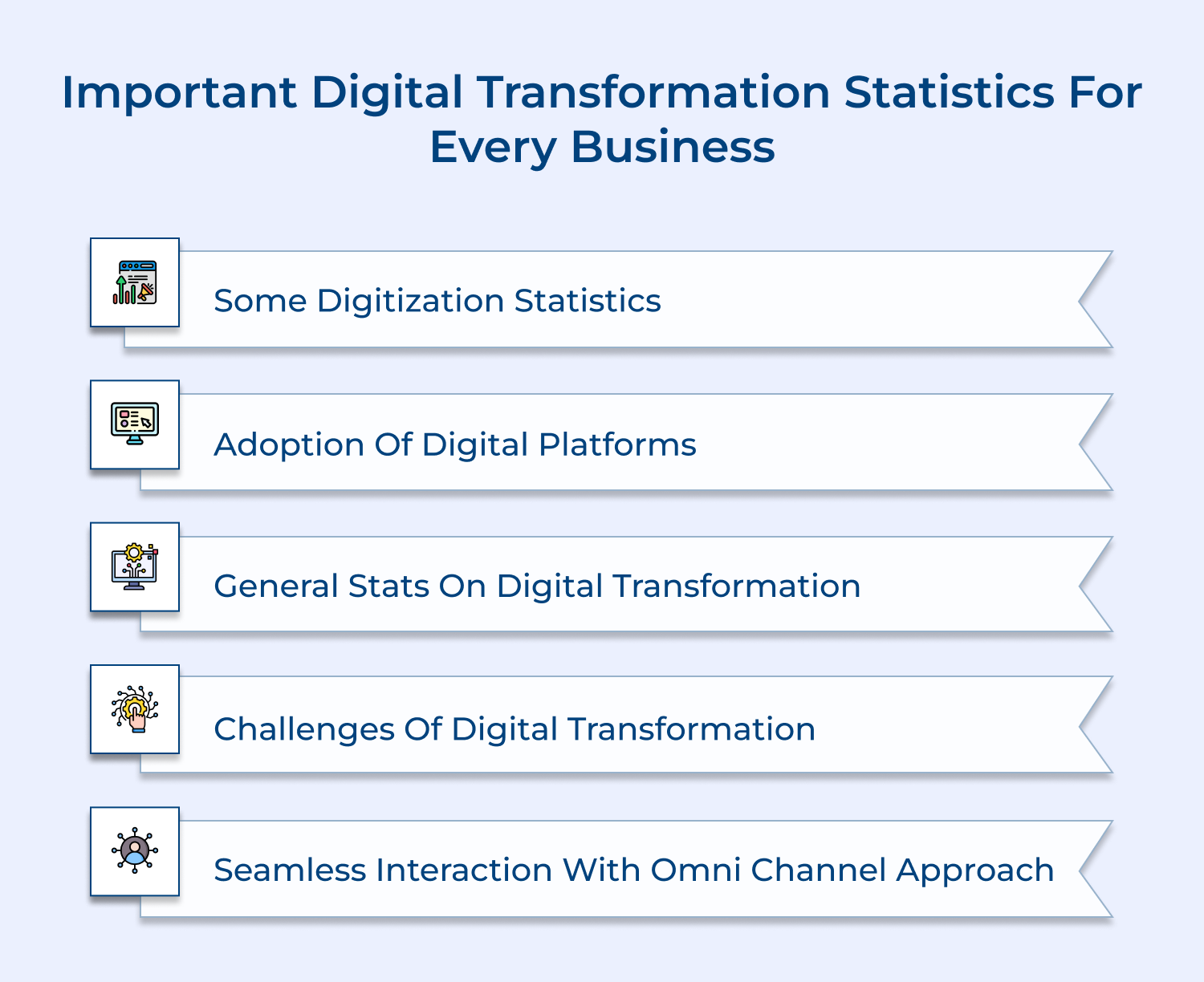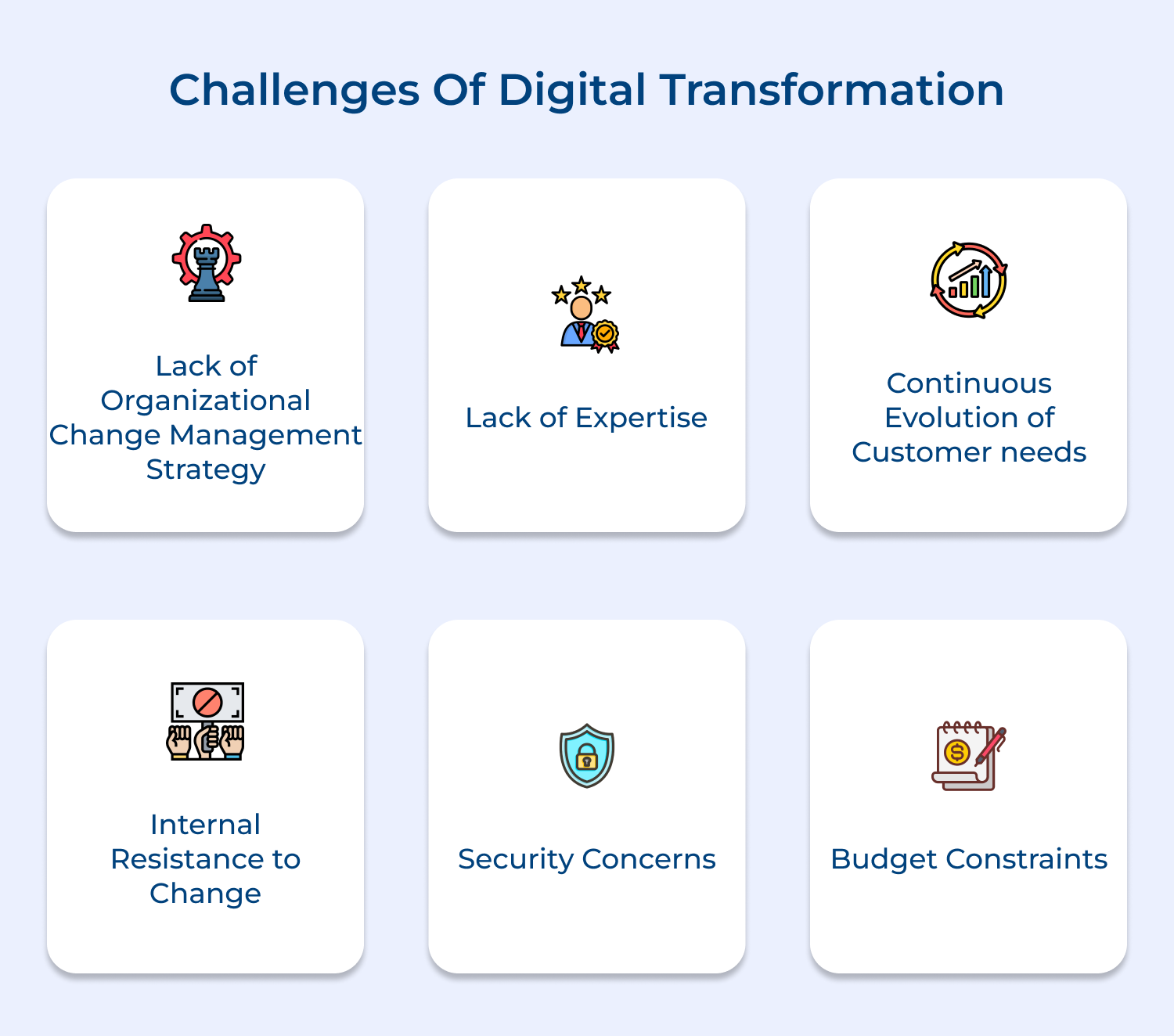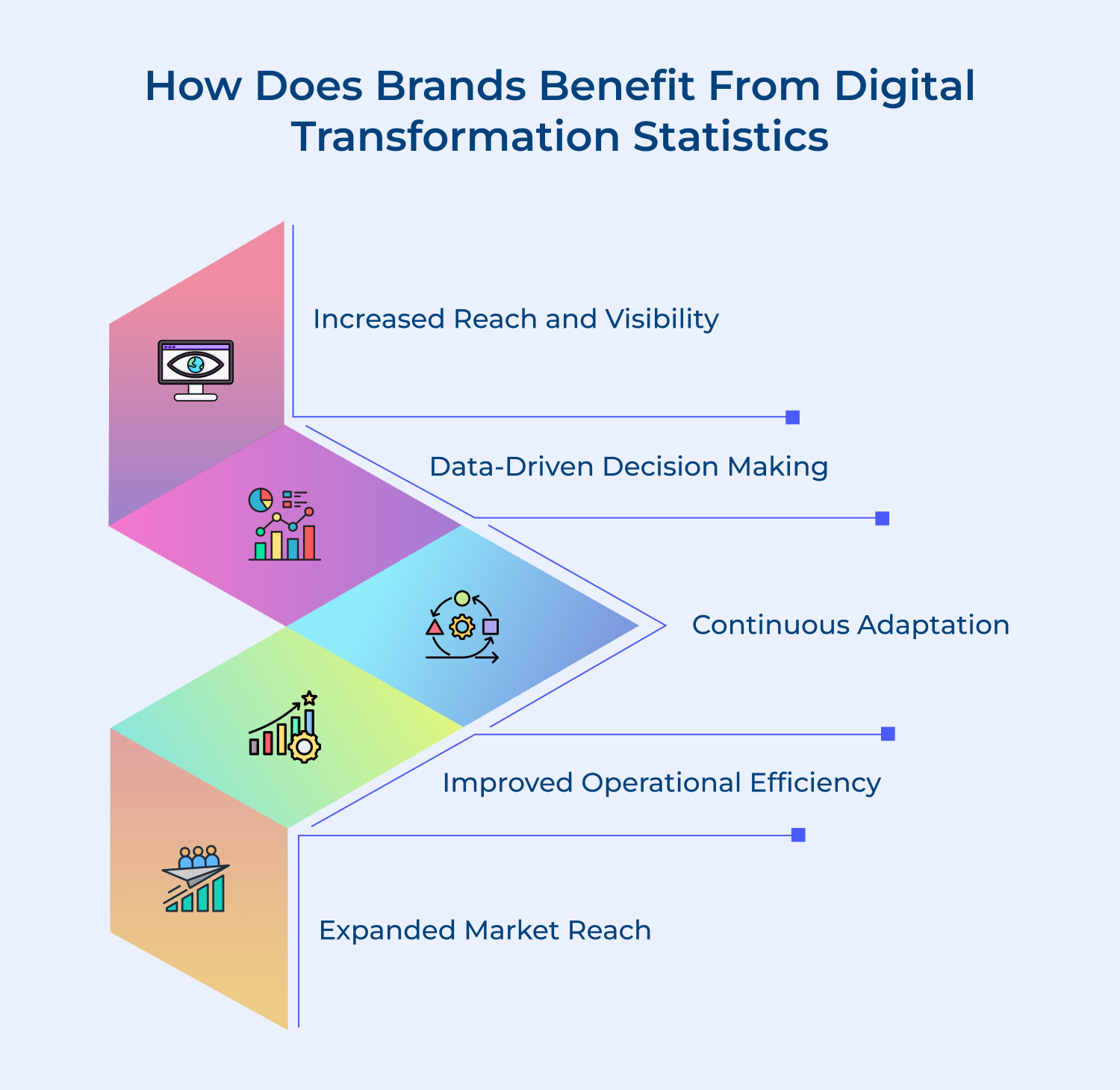1. Increased Reach and Visibility
One of the primary benefits of digital transformation for brands is the ability to reach a wider audience. The rise of social media platforms and online advertising enables brands to connect with consumers from all over the world. According to statistics, more than 5.3 billion people are active internet users and over 4.96 billion people use social media. These numbers present a massive opportunity for brands to expand their reach and increase their visibility.
2. Data-Driven Decision Making
Digital transformation provides brands with access to a wealth of data. These data insights allow brands to make more informed decisions regarding marketing strategies, target audience and overall business operations. With advanced analytics tools, brands can monitor customer behavior, track campaign performance and gather real-time feedback. The data-driven approach helps brands optimize their marketing efforts, personalize customer experiences as well as deliver relevant content to their target audience.
3. Continuous Adaptation
Brands need to constantly adapt to new technologies and consumer trends. Digital transformation allows brands to stay agile and respond quickly to market changes. By analyzing data, brands can identify emerging trends, understand consumer preferences while tailor their strategies accordingly. The adaptability ensures that brands remain relevant as well as competitive in the ever-evolving digital landscape.
4. Improved Operational Efficiency
Digital transformation enables brands to streamline their processes and improve efficiency. Digitally transformed companies are more likely to have reduced operating costs and increased revenue. By automating manual tasks, implementing cloud-based systems and utilizing data-driven insights, brands can optimize their operations while also making better-informed decisions. It saves time and resources as well as allows employees to focus on higher-value tasks/innovation.
5. Expanded Market Reach
Digital transformation opens new doors for brands to expand their market reach. By leveraging digital platforms, social media and online marketing strategies, brands can reach a broader audience, target specific customer segments as well as engage with them on a deeper level. It not only helps to drive brand awareness and increase sales but also builds brand advocacy along with word-of-mouth marketing.
Transform your Customer Support with Valuable & Accurate Statistics
The essential digital transformation stats highlight the need for businesses to embrace digital platforms. Businesses can identify trends, customer preferences, allowing them to make informed decisions. Businesses can tailor their services to meet customer needs. Accurate statistics provide valuable insights into customer satisfaction levels and response times, enabling businesses to identify areas for improvement & implement strategies for enhanced customer service.
Businesses can proactively address customer concerns, personalize their interactions and create a positive customer experience with the right data in hand. By embracing digital transformation and leveraging the power of technology, businesses can stay competitive, meet customer expectations, as well as drive growth.







